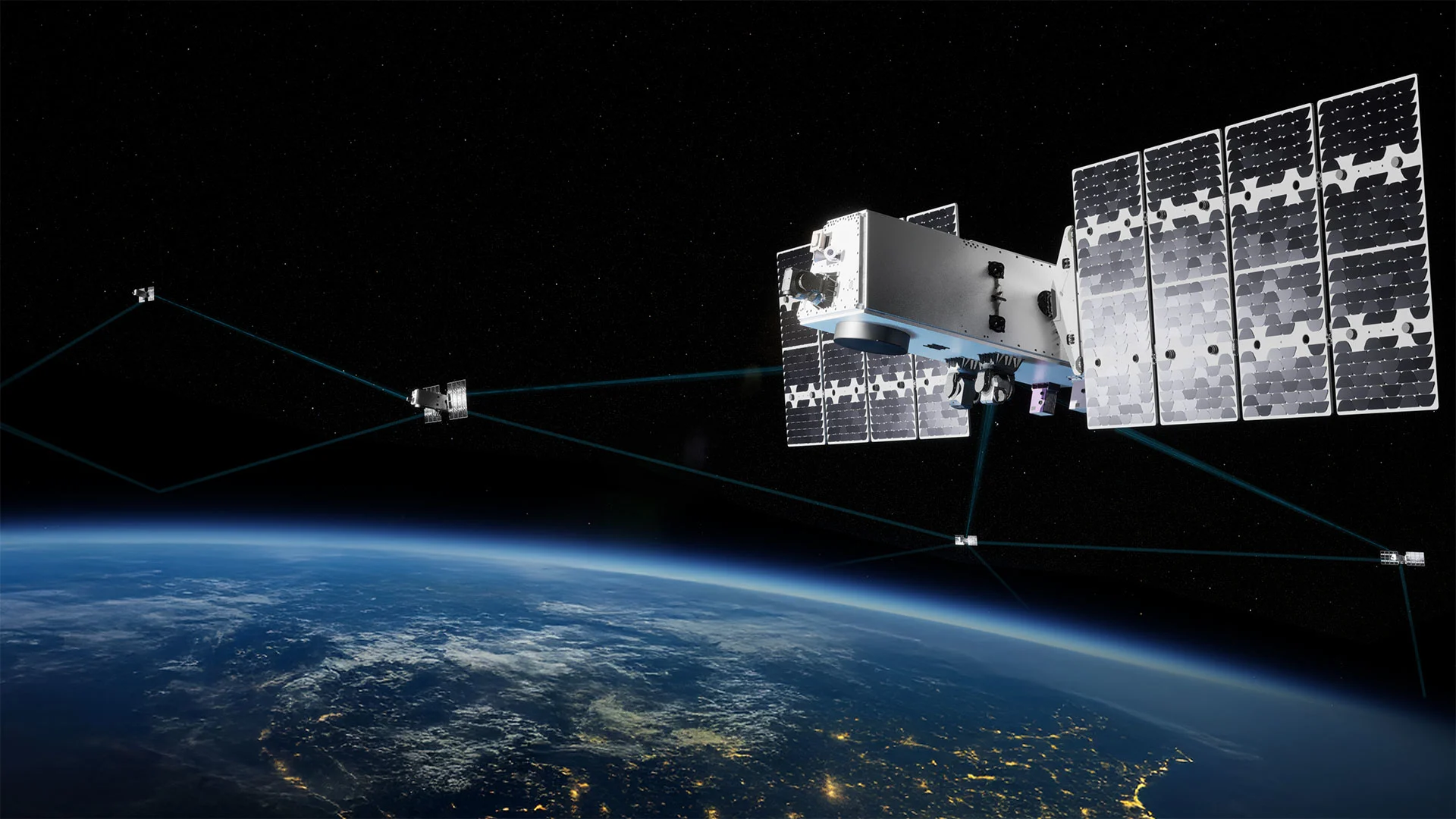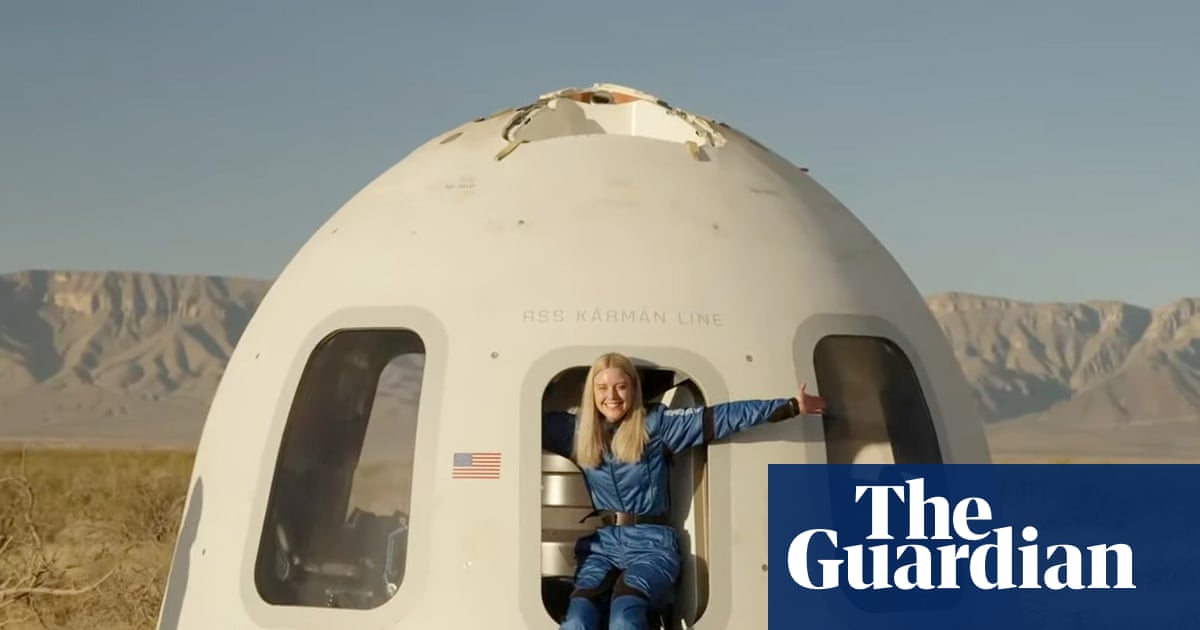fromwww.scientificamerican.com
19 hours agoBizarre Ecosystem Discovered More Than Two Miles beneath Arctic Ocean
One might suppose that at its greatest depths, the icy, dark water would be inhospitable to muchbut a new discovery reminds us that that is far from the case. Off the coast of Greenland, the deep seafloor is littered with towering mounds made of crystallized methane and other gases. Known as the Freya hydrate mounds, these structures act like a frozen reef, a haven for creatures that have evolved to live in environments unlike any other on Earth.
Science








